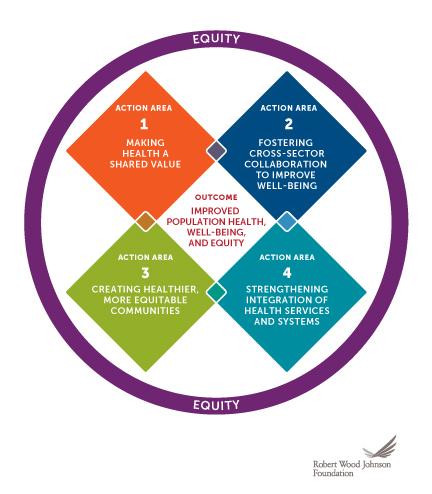
While states face many barriers to implement a culture of health (COH)—moving toward improved population health, well-being and health equity—there are five action steps state policymakers can use to guide such efforts, according to early research published in the September issue of The American Journal of Accountable Care® (AJAC).
In 2013, the Robert Wood Johnson Foundation developed the COH model and challenged society to move from a medical focus of health care to a broader concept of health improvement and reform. In the AJAC article, “Achieving a Culture of Health: Steps for Engaging State Government,” researchers compared the experiences of Oregon and Pennsylvania against the four points of the COH framework: making health a shared value; fostering cross-sector collaboration to improve well-being; creating healthier, more equitable communities; and strengthening integration of health services and systems.
While envisioning what a COH might look like may seem easy, implementing a COH is another matter altogether, given the complexity of state governments, politics, other stakeholders, competing business interests and funding streams, budgetary concerns and organizational issues. Coauthors Dennis P. Scanlon, PhD; Jocelyn M. Vanderbrink, MHA; Mark Sciegaj, PhD; and Brigitt Leitzell, MS, suggest five ways policymakers and stakeholders can work to overcome barriers in order to make deep and lasting impacts on the health of their citizens.
“The decisions made by state governments are critical in determining the health of their citizens,” says Dennis P. Scanlon, PhD, distinguished professor of health policy and administration and director of the Center for Health Care Policy Research at The Pennsylvania State University. “States already operate and fund many different programs, including seemingly non–health-related programs that make an impact on the physical and mental well-being of citizens. If these programs could be better aligned, with more proactive strategic thinking on how they collectively interact to influence health and well-being, not only might there be economic efficiencies to operating these programs, but the potential for positively influencing the health of states’ citizens is significant.”
For the full issue, click here.